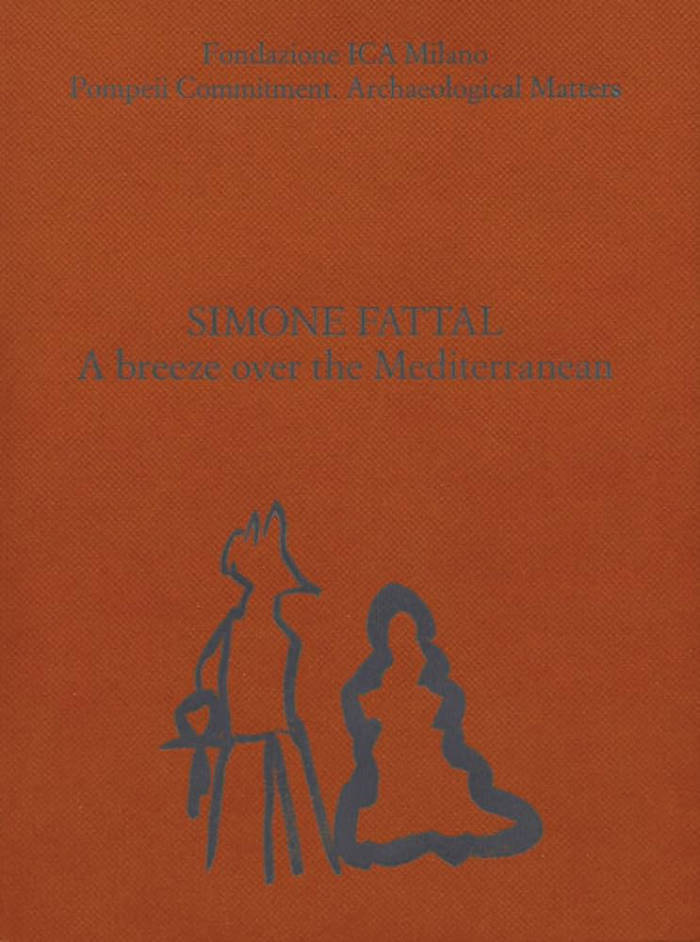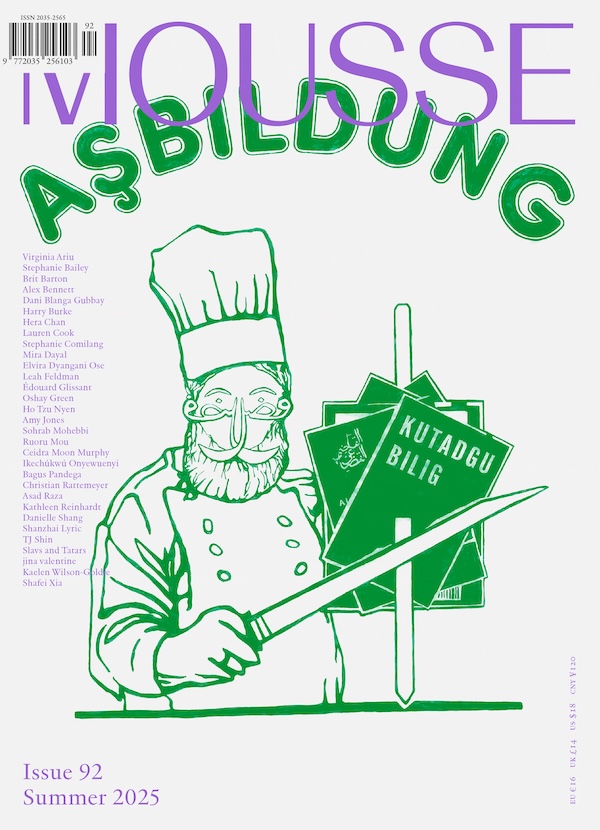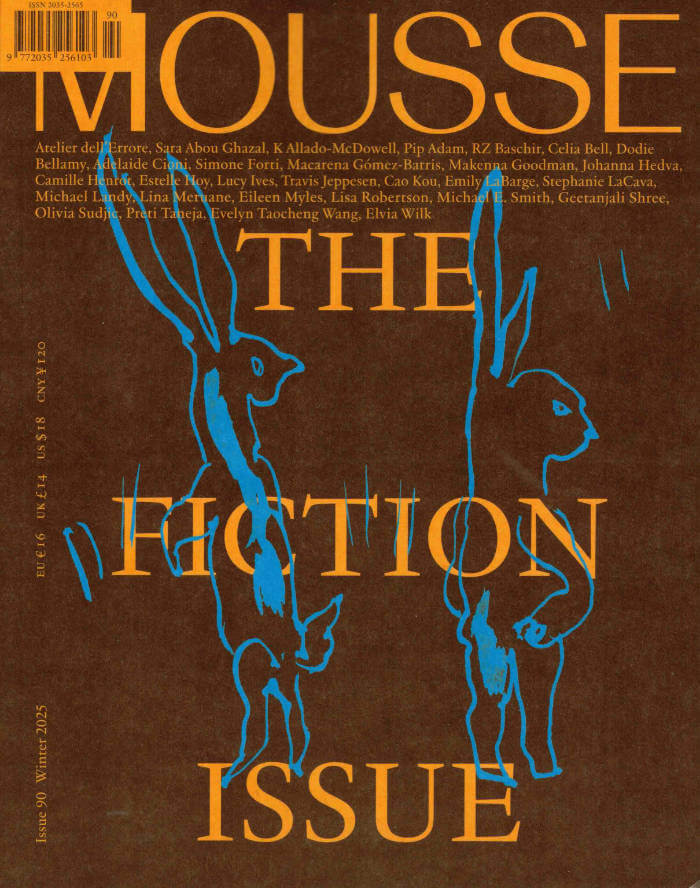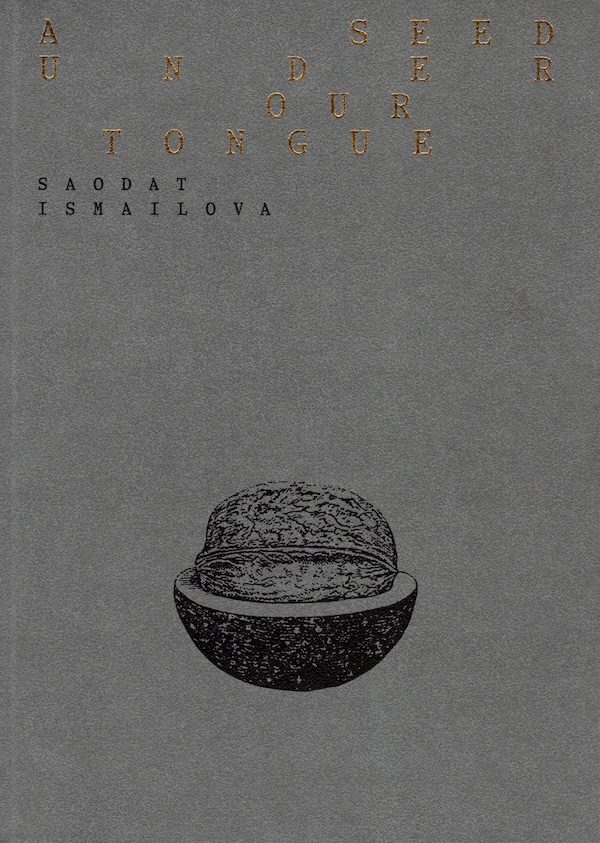
Michael E. Smith
A series of preparatory drawings for exhibitions by Michael E. Smith, collected over fifteen years.
Michael E. Smith occasionally creates drawings as organizational notes for his exhibitions: a to-do list may be intertwined with a sketch outlining an idea for a sculpture, and at times, drawings emerge as impromptu phone scribbles. Over the past fifteen years, Michael E. Smith has accumulated a substantial collection of drawings, largely unpublished until now. To complement the exhibition dedicated to the artist in 2024, the Kunst Museum Winterthur is releasing an artist book featuring a comprehensive selection of drawings from this period.
Michael E. Smith (born 1977 in Detroit) makes sculptures out of cast-offs, waste and other residues of our consumer society. He assembles and manipulates this found material in an unusual way. He isolates objects, makes changes to their form and seeks out the limits of their imaginative power. His presentations are characterized by an intense yet sparse choreography of the exhibition space. Accordingly, they manifest themselves as site-responsive artworks exploiting all of the museum's infrastructure. Smith's work seems to avoid any form of sublimation. His predilection for the absurd and for an indefinable tension ensue from a broader critical view of the ecological, economic and social challenges facing our society.
Afterword by Lynn Kost.
Language: English







